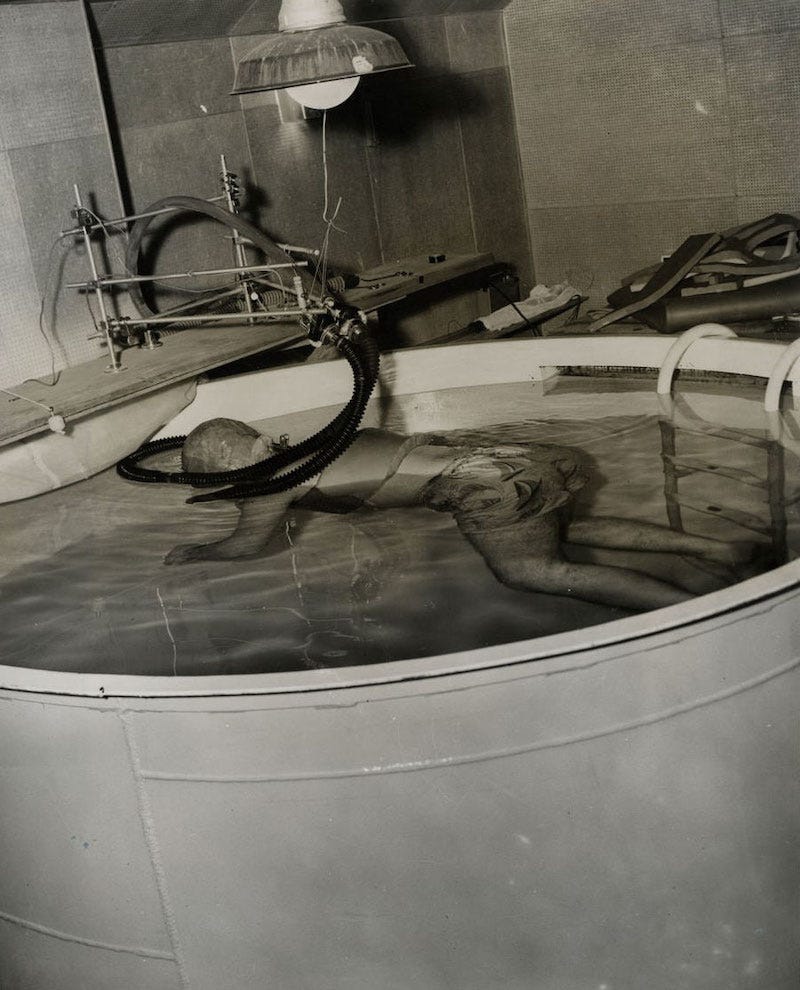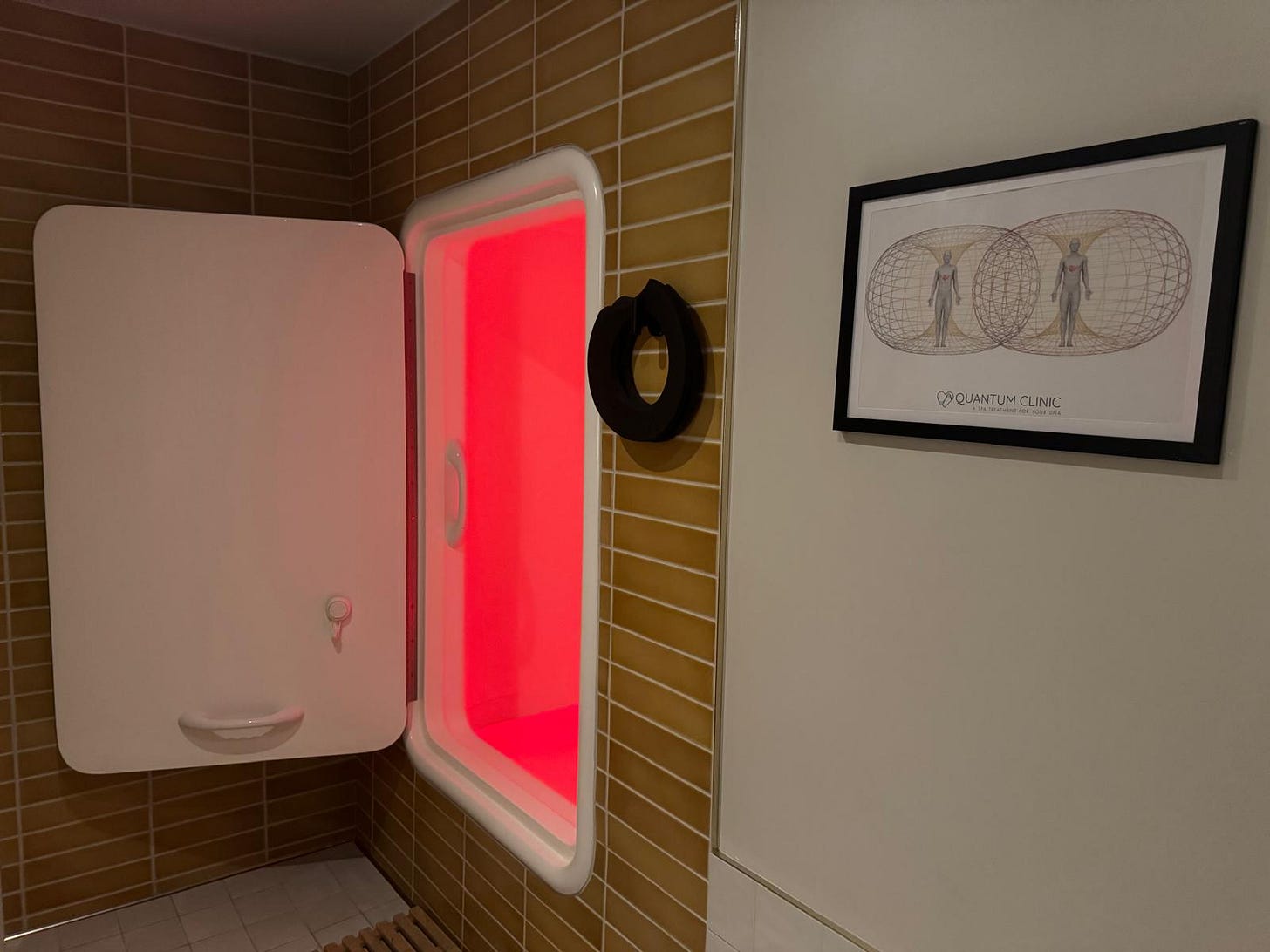A POST-CRINGE THEORY OF PSYCHEDELIC SPIRITUALITY IN THE RAVE SCENE
My first essay for Harvard tackles why rave culture is becoming so cringe
Hi sweeties, just a reminder that my work is entirely reader-supported, and I am so grateful for any contributions you might be able to send my way, through upgrading to a paid tier of this newsletter <3
I’ve been using the word “cringe” a lot to describe parties in the rave and psychedelic scenes. The term seems particularly useful to describe much of the corny cultural landscape that seems inescapable these days, even in the so-called “underground.” My friends sometimes give me shit for this; they ask why I’m being so judgmental, why can’t I just let people have their fun. But I had a niggling feeling that my use of “cringe” as a crutch was serving an underlying purpose—that some larger factors are causing the vibes to flop so often into the realm of the banal, boring, and basic. So I started digging around.
My research led me to dig into all the different interpretations of cringe that have emerged since the term started trending on the internet in the mid-2010s. Thinkers like AI researcher K-Allado McDowell, YouTuber Natalie Wynn (aka Contrapoints), and writer Sarah Perry have all published different screeds on the meaning of cringe—showing how it’s not always a punitive form of insult, but a sort of aesthetic judgment, or even a form of empathy. “Cringiness is not a static property,” wrote Perry. “Things that once had gravitas can become cringe-inducing with the passage of time. Cringe indicates a misfit between form and context; it is a property of the whole system.”
Based on these ideas, I came up with my own theory of cringe: what if we stopped using it as a takedown, but a useful tool for change? The painful grimace of cringing often points towards a disjunction between what something is, and what it wants to be—pointing out how a certain framework might be out of date (or full of shit).
The result of these many months of dwelling on “cringe” is my first paper for Harvard (!) titled “A Post-Cringe Theory of Psychedelic Spirituality in the Rave Scene.” It’s a summary of a lot of the ideas—an insecurities—that have been whirring in my head over the last year, and I’m grateful to Harvard Divinity School + my editor Jeffrey Breau for giving me the space to sharpen them.
The essay was included in HDS’ Psychedelic Intersections anthology, which also published some incredible writing that might appeal to all the academically-inclined readers of psychedelic esoterica out there, such as papers on the mystery of soma (a psychedelic concoction from early India), the use of psychedelics in Jewish mystical traditions, and why the idea of “counterculture” itself is no longer relevant (oop!)
Read my essay through the button below—and yes, it does explain why Berghain is the cringiest nightlife institution of them all 😈
Harvard Divinity School’s Psychedelic Intersections conference will be streamed live this Saturday, and will feature keynotes by Marian Goodell, the CEO of Burning Man, and Elías García, co-founder of a Mazatec art-focused gallery in Mexico called Casa Adobe. This gives you a good idea of how wide-ranging the conversations on psychedelia will be. Register to watch it for free here.
💧Trip Report: A Float Tank Like Kubrick on Ketamine
I was recently invited to check out Quantum Clinic, a float therapy center that describes itself as “a spa treatment for your DNA.” Quantum Clinic is perched right on the dreamy banks of the LA River, and every time I’ve passed it on my runs, I’ve always assumed it was an actual doctor’s office, and the ambient music played over the outdoor speakers made me wonder if it was a wellness-enhanced plastic surgeon or something… (very LA).
When I found out it is actually a high-end float spa, I got excited to try and recreate John C Lilly’s out-of-body experiences in the tank…
As part of my research into the ketamine cosmos for two essays I published here recently, I’ve been reading The Scientist by Lilly—one of the most far-out explorers of the ketamine cosmos. An American neuroscientist who worked at the National Institute for Mental Health in the 50s, Lilly invented the sensory deprivation tank in order to further his study of psychedelics and human consciousness. (The movie Altered States is based on his work.)
Using surgical rubber dam supports and a latex breathing apparatus, the tank was able to suspend a body in warm tap water while reducing all forms of stimulation to the minimum possible value. The result was full immersion in zero-gravity darkness and quiet for hours at a time, which allowed Lilly to free himself from the physical world and journey into what he called “the deep self.”
I had no idea that Lilly’s rudimentary sensory deprivation tanks were the precursor to today’s fancy flotation spas: he taught a Californian couple who attended one of his lectures how to create their own float tanks, leading them to open the first commercial float center in Beverly Hills in 1979.
As Lilly continued self-experimenting, he became prone to ketamine binges, at one point injecting himself secretly in the tank almost hourly for three weeks—and unsurprisingly, landing in both the emergency room and psychiatric hospital several times.
Perhaps the darker side of floating is why I was asked to fill out an exhaustingly extensive questionnaire before arrival. This one was particularly intense, going so far as to ask whether I’d been beaten or sexually assaulted as a child. My friend was a little shaken up by these queries, and it was unclear whether the spa had a system to offer support if someone answered “yes.”
When we arrived, a guide ushered us to a lounge area. “What’s the DNA thing about?” I asked, referencing their tagline. “Well, floating doesn’t actually change your DNA, but it helps the helix to elongate and like, stretches them out a bit,” he said. My look of incredulity probably caused him to quickly add, “well… it’s mostly just a marketing thing.”
We took seats on an elegant sofa area for a meditation. The guide clipped a heart rate monitor on our ear lobes, inviting us to embody the feeling of “gratitude” or “love.” Afterwards, he handed us tablets showing how much our heart rate variation had changed during the meditation, grading each of us with a “coherence” score. Feeling competitive, I asked everyone in the room what their score was; mine turned out to be amongst the lowest.
Next, we were ushered into private flotations rooms, which looked like something out of a Stanley Kubrick film: a spaceship-like door swinging open to reveal a tub glowing bright red. Sinking into a pool of water infused with tons of epson salt, I stared up at a ceiling twinkling with starlights, and began to hear the high-pitched drones of binaural beats playing through underwater speakers. Determined to recreate Lilly’s advice for zero sensory stimulation, I mashed the buttons that were supposed to turn off the lights and music, to no avail—they were broken.
Eventually I embraced the discomfort and sank deeper into the salty water, ignoring the music that was giving me a mild headache and the urge to escape the tub. For a few moments, I dropped into a deep meditative state where my consciousness was reduced to a pinprick, just like Lilly said. Eventually, as if I were emerging on the other side of a challenging psychedelic trip, I felt my mind clear into a gentle, expansive feeling. When a robotic female voice finally instructed me to leave the pod, I emerged with both a sense of a relief—and rebirth.



